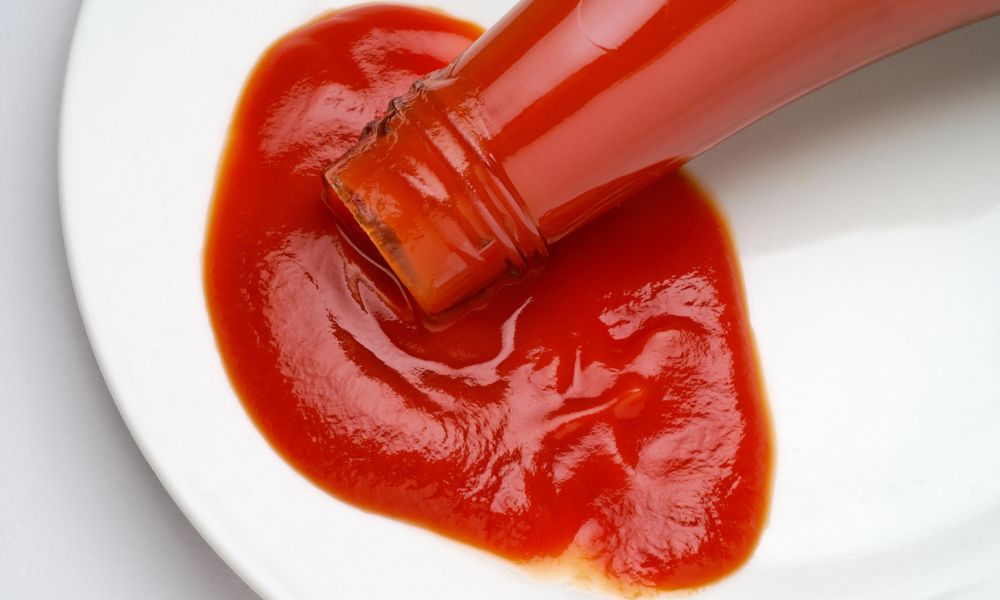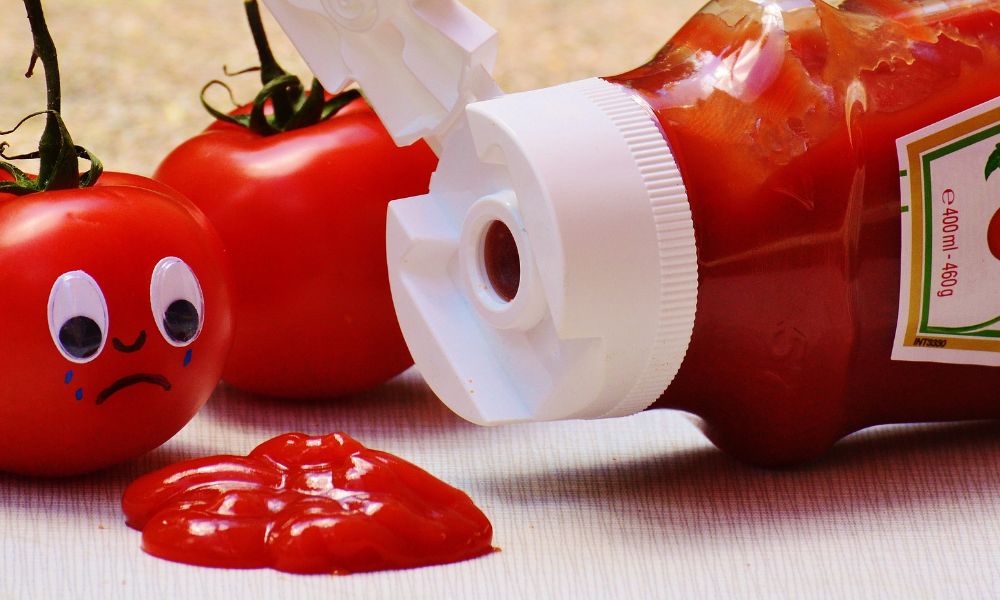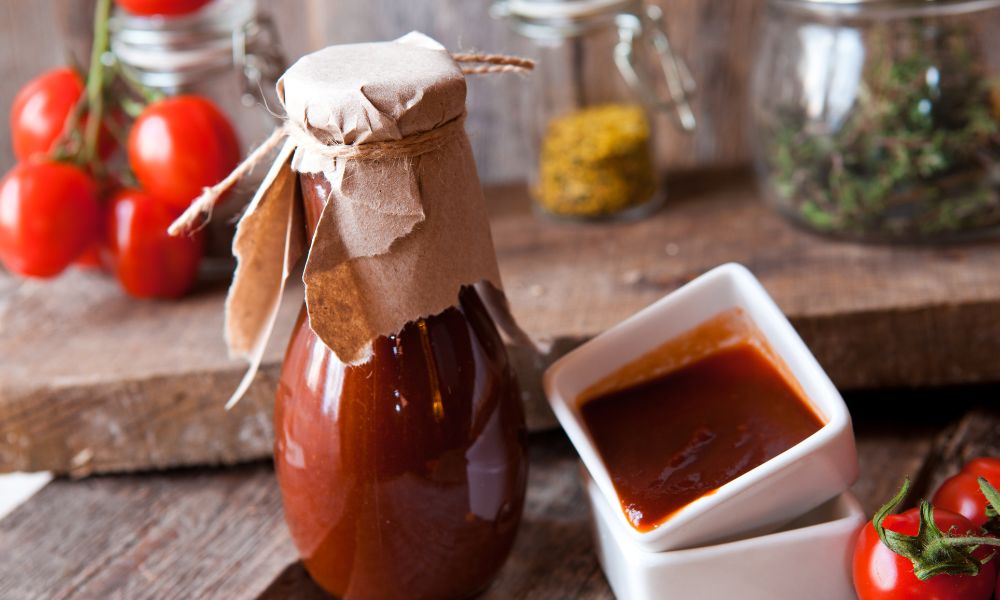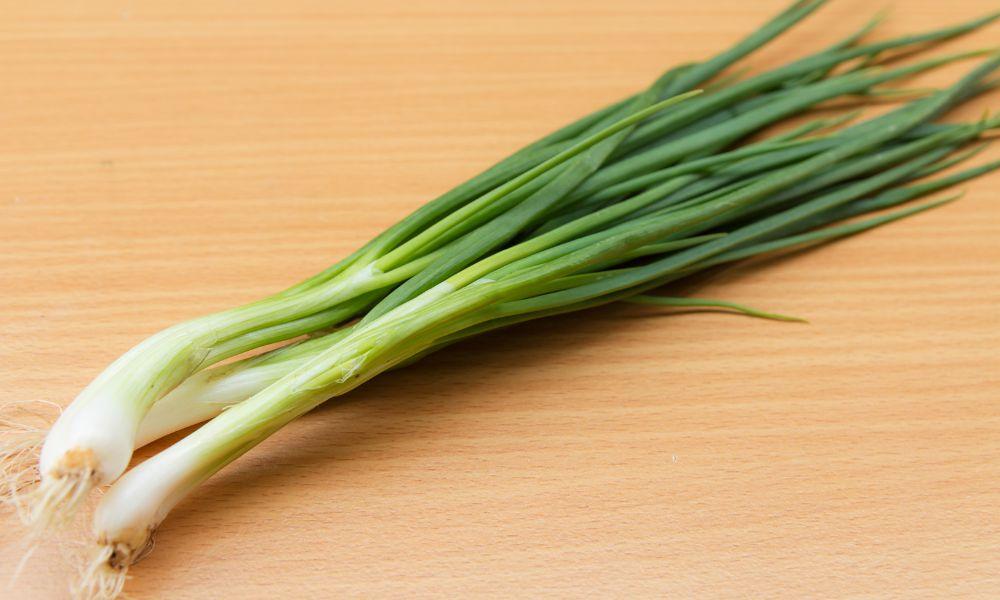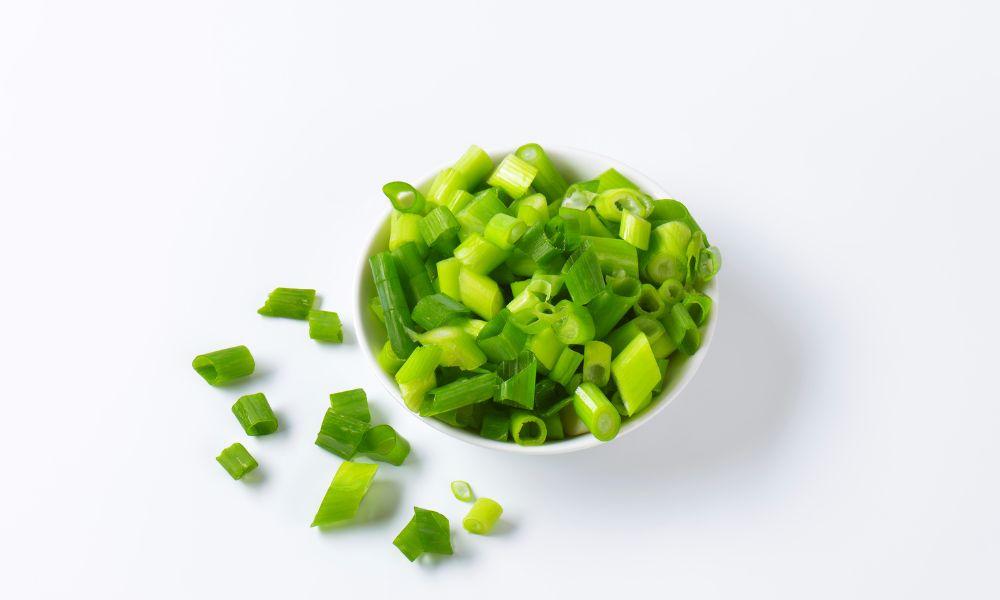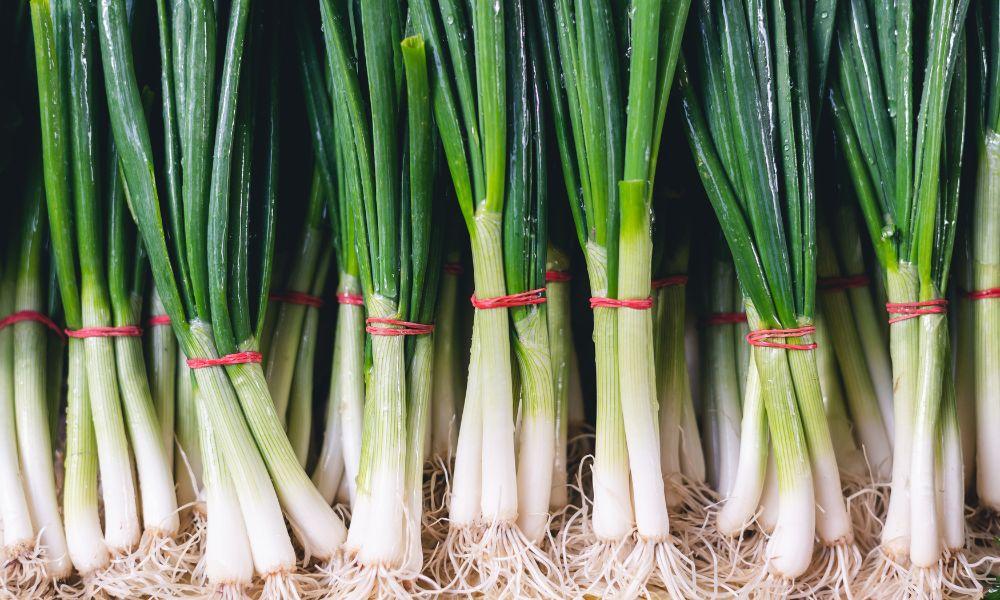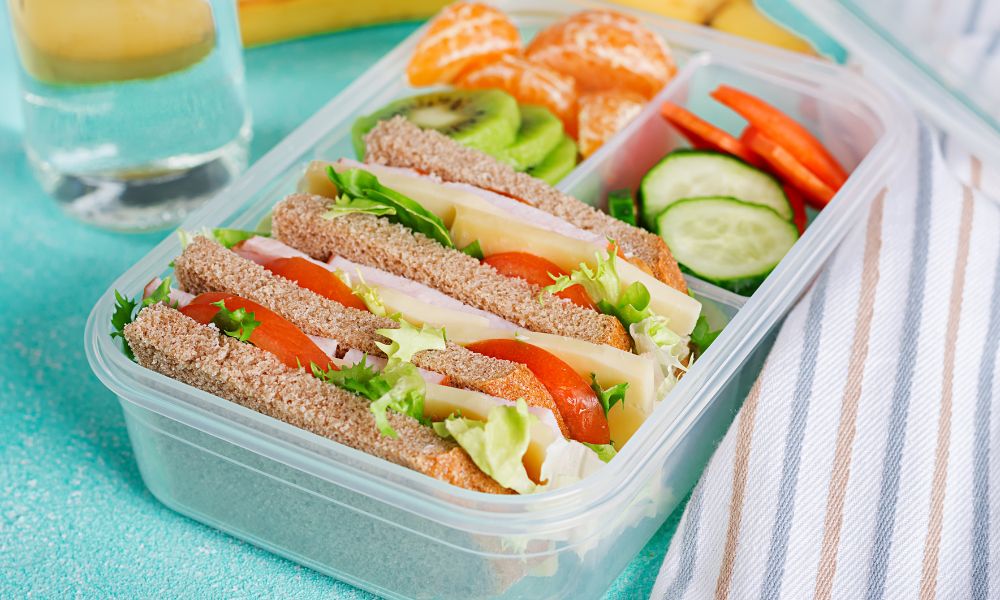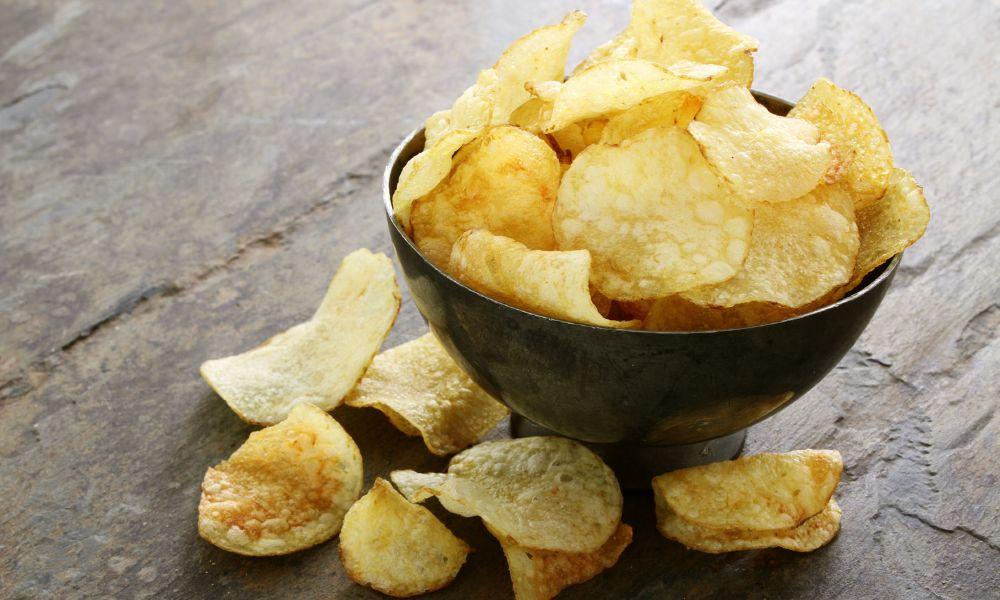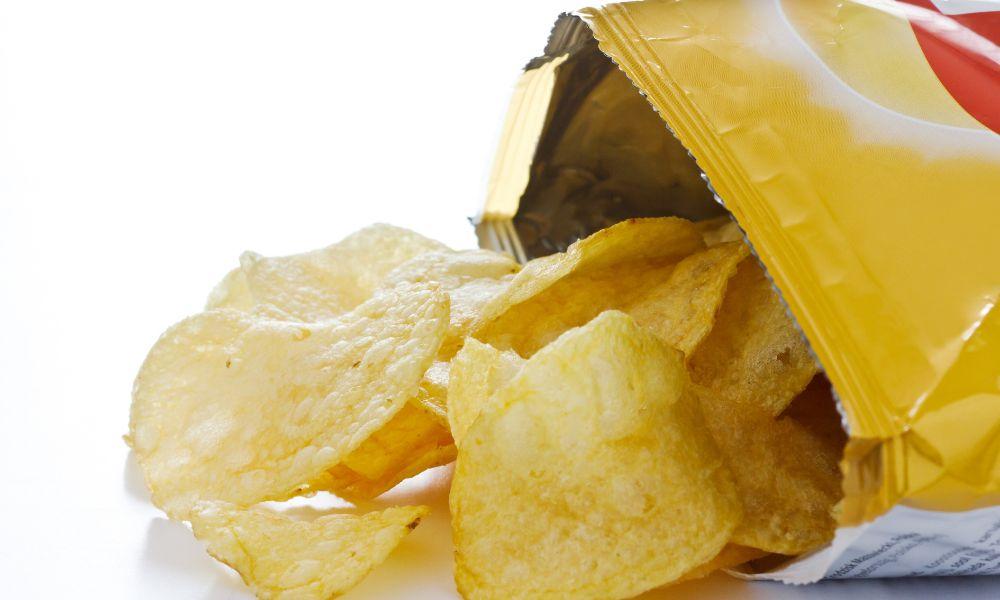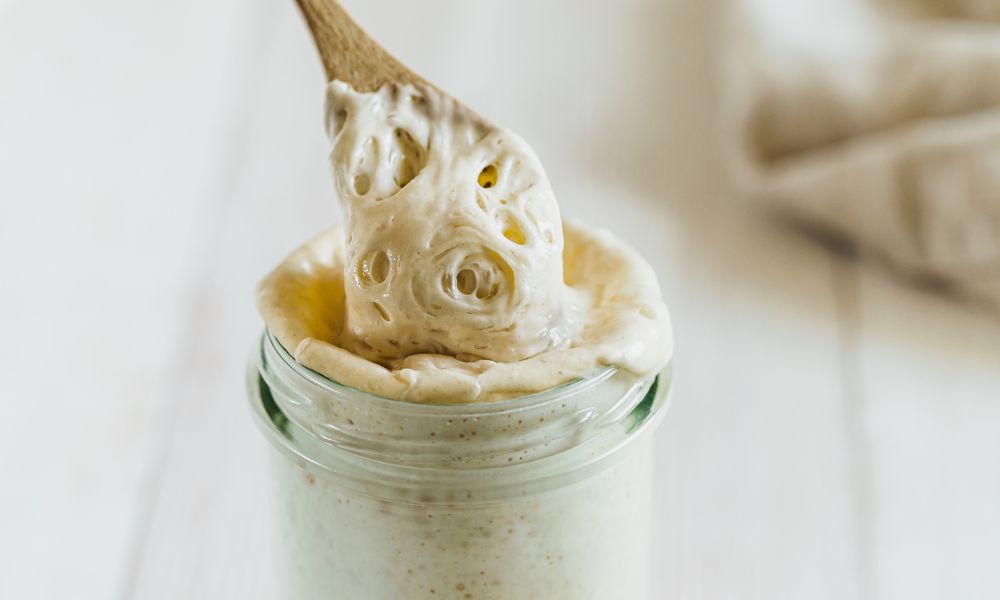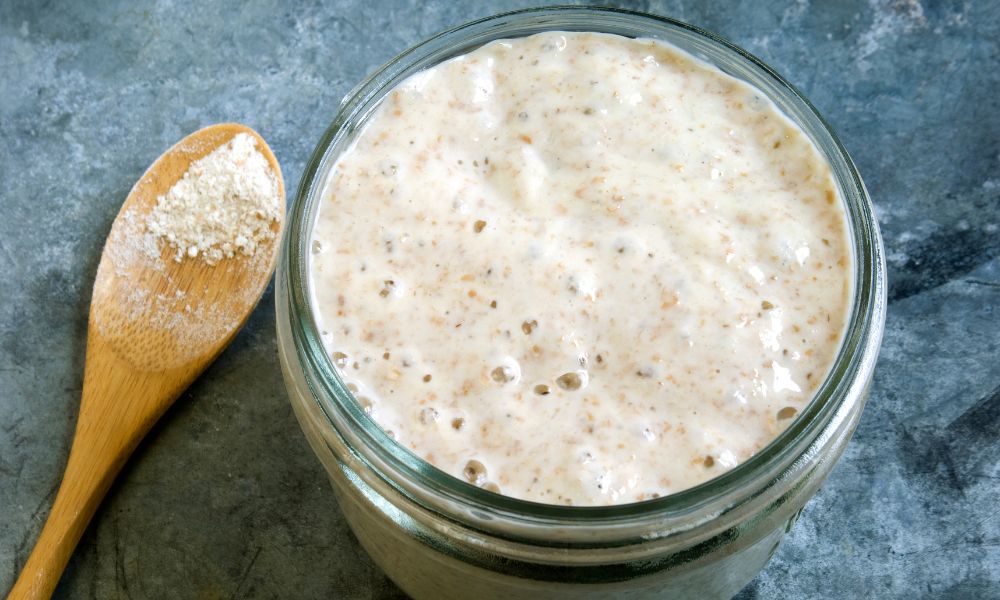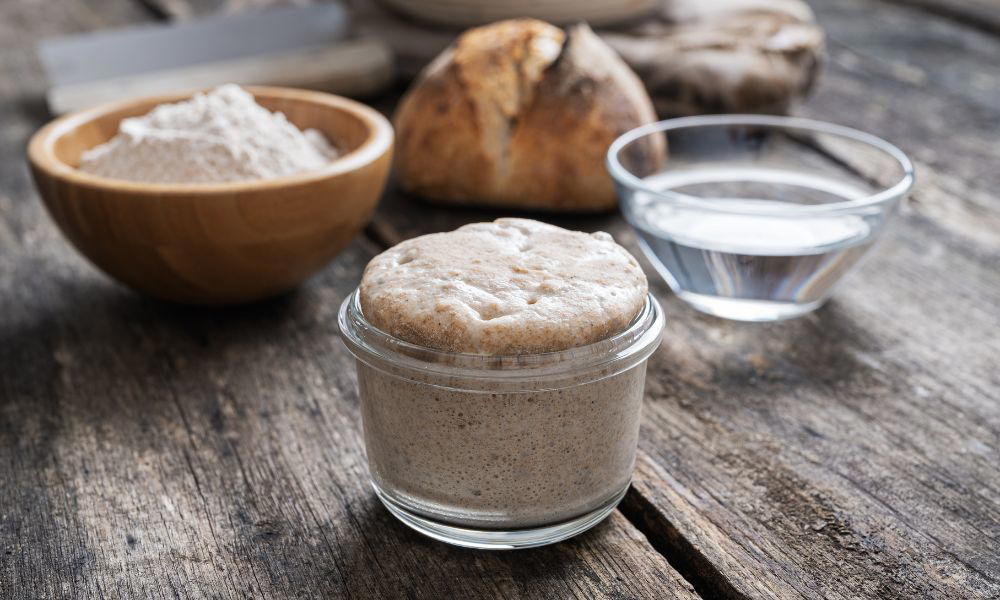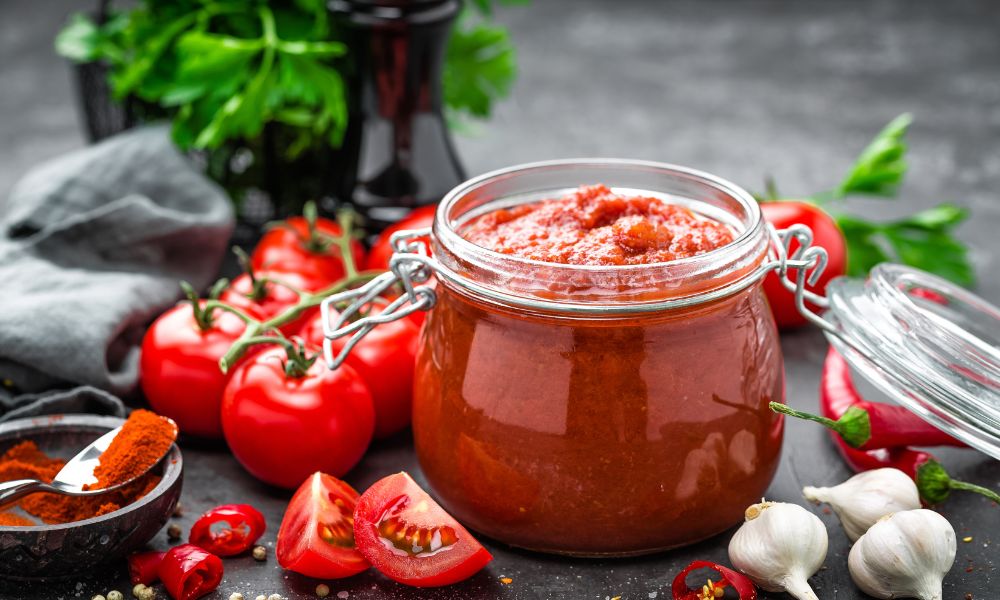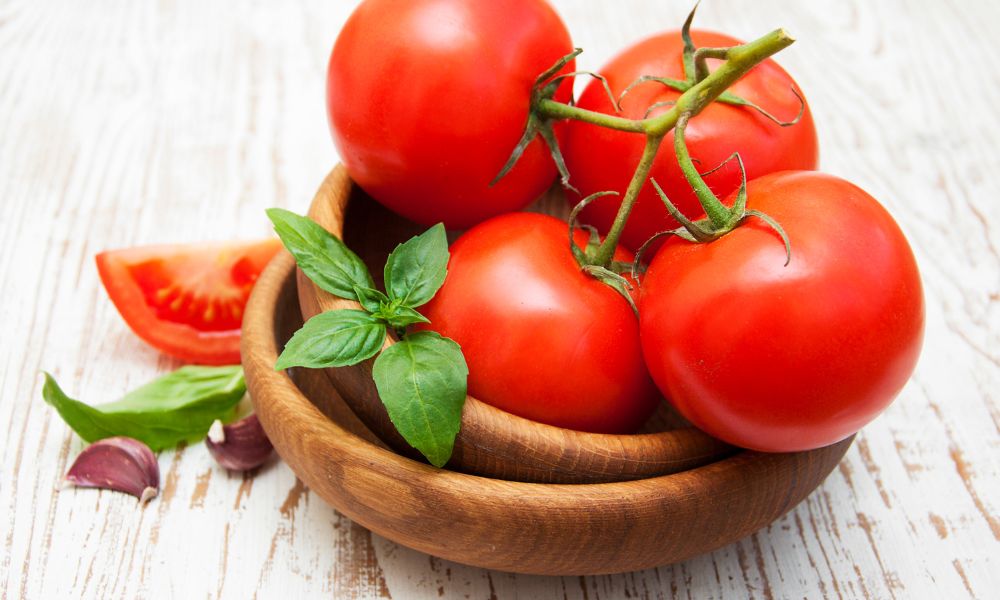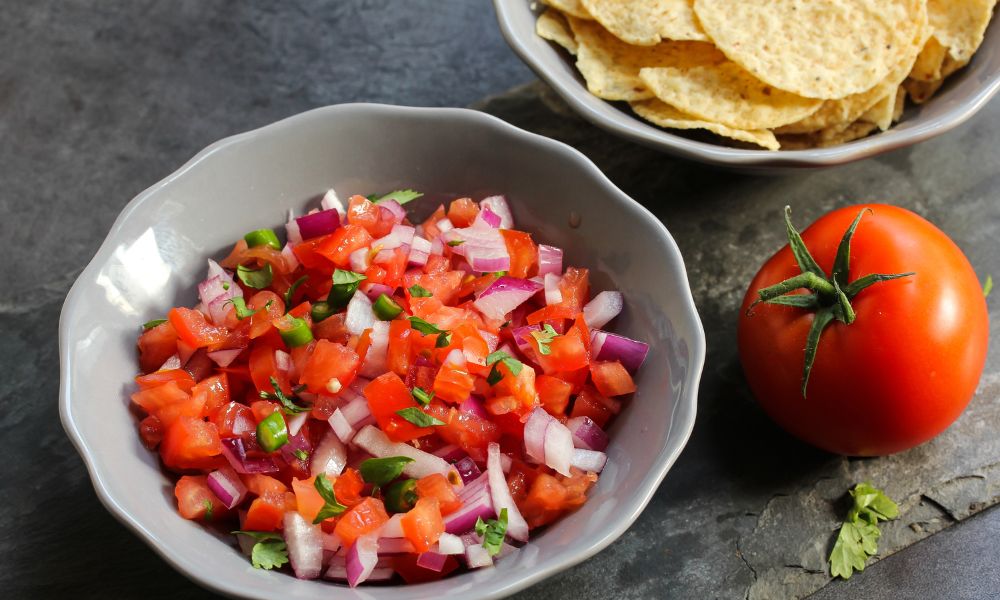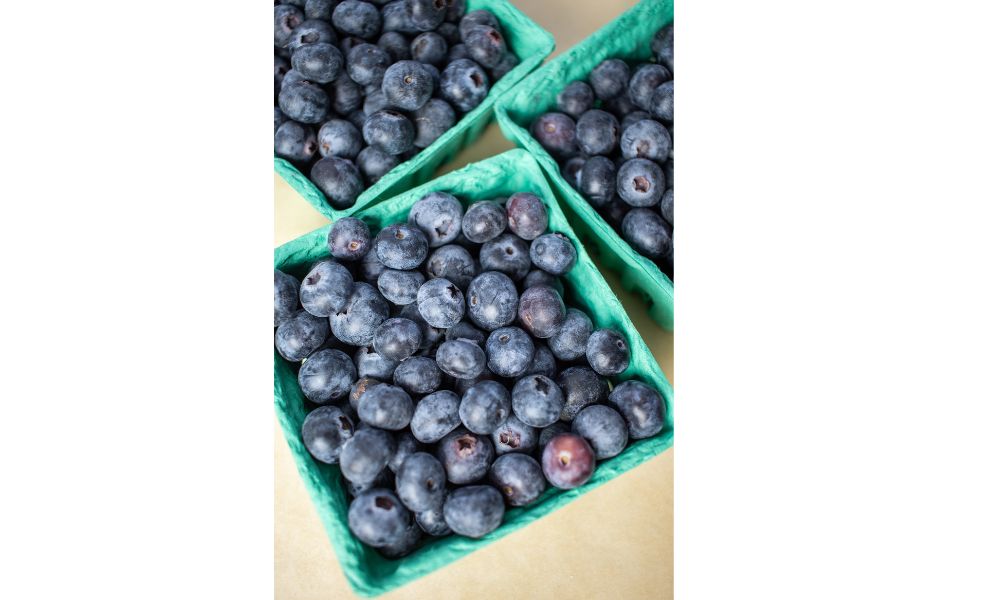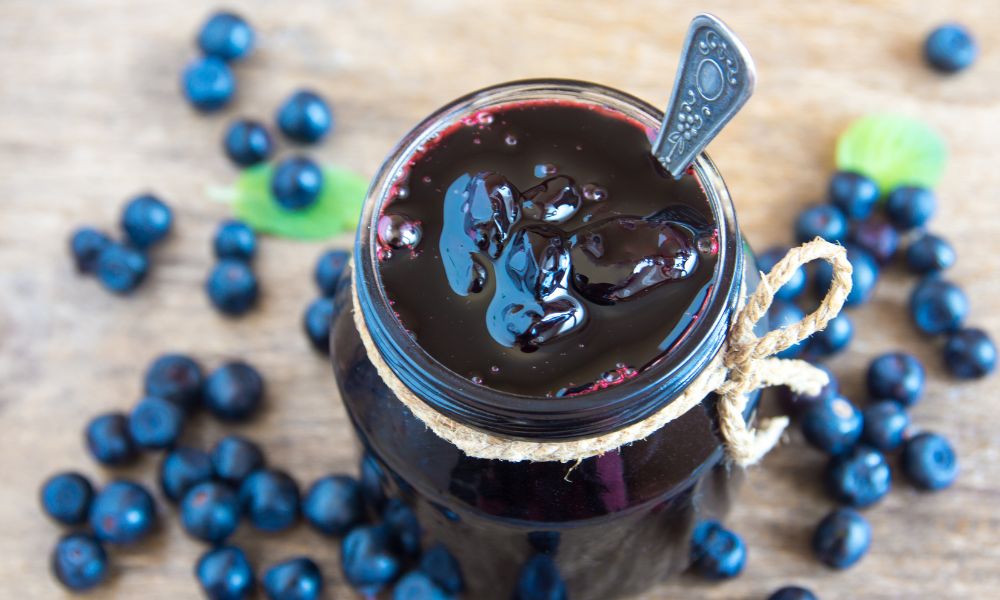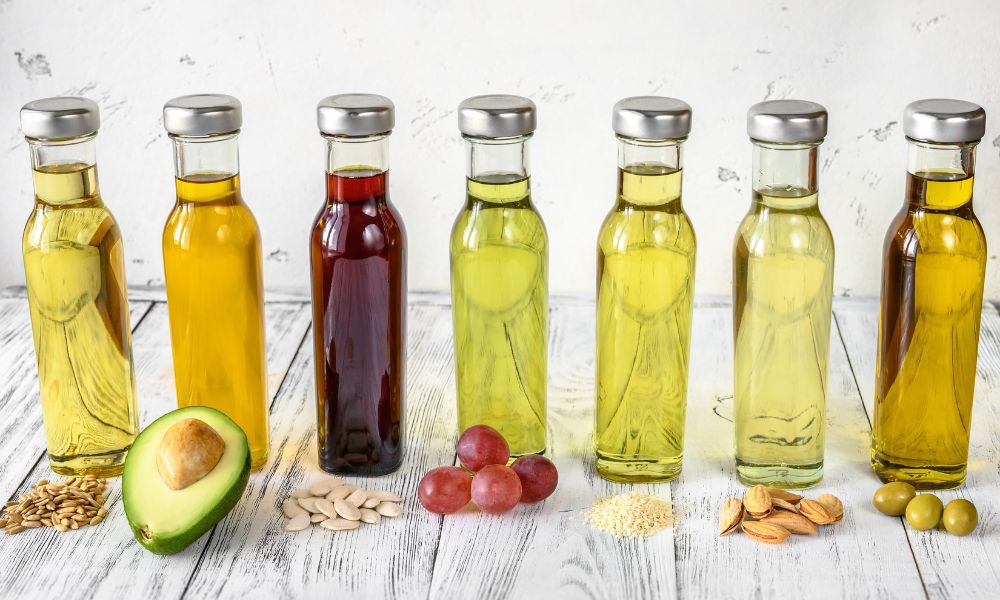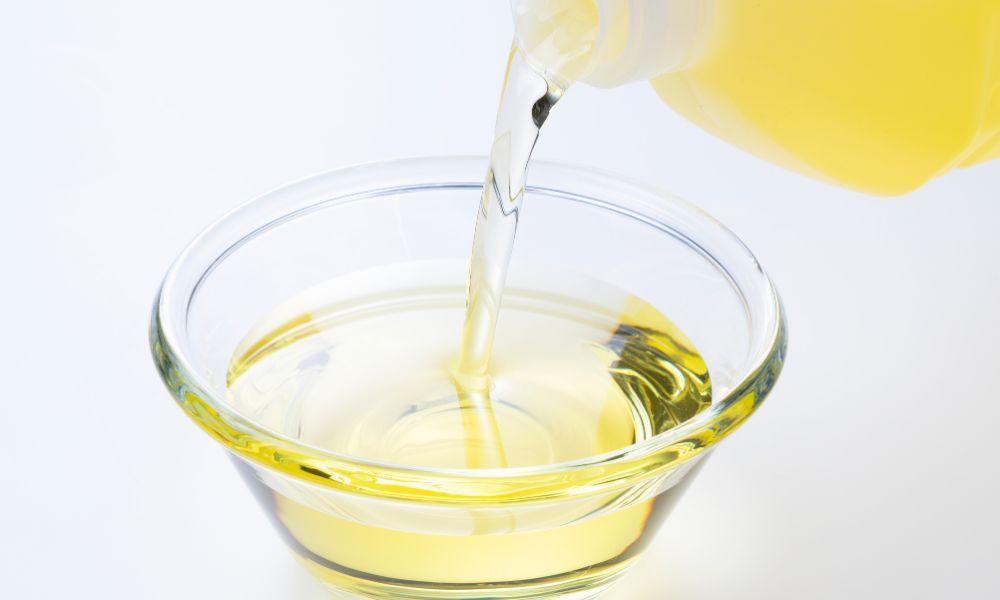There’s nothing quite like biting into a tasty tomato – a perfect balance of sweetness, acidity, and juiciness that instantly makes your taste buds dance. And, as you may know, the humble tomato is a culinary staple, adored across the globe for its versatility and deliciousness.
Indeed, a good tomato can make all the difference in your favorite dishes, from tangy salsas to hearty sauces. In this article, we’ll dive into the amazing world of tomato flavors, discover popular varieties, and share tips on selecting and storing the tastiest tomatoes for your gourmet masterpieces.
The Diversity of Tomato Flavors
Much like fine wine, tomatoes offer a fascinating spectrum of flavors ranging from sweet and tangy to rich and savory. In fact, certain enthusiasts can even identify the variety of tomato in a blind taste test! So, let’s take a closer look at some popular tomato varieties known for their exceptional taste profiles.
Cherry Tomatoes
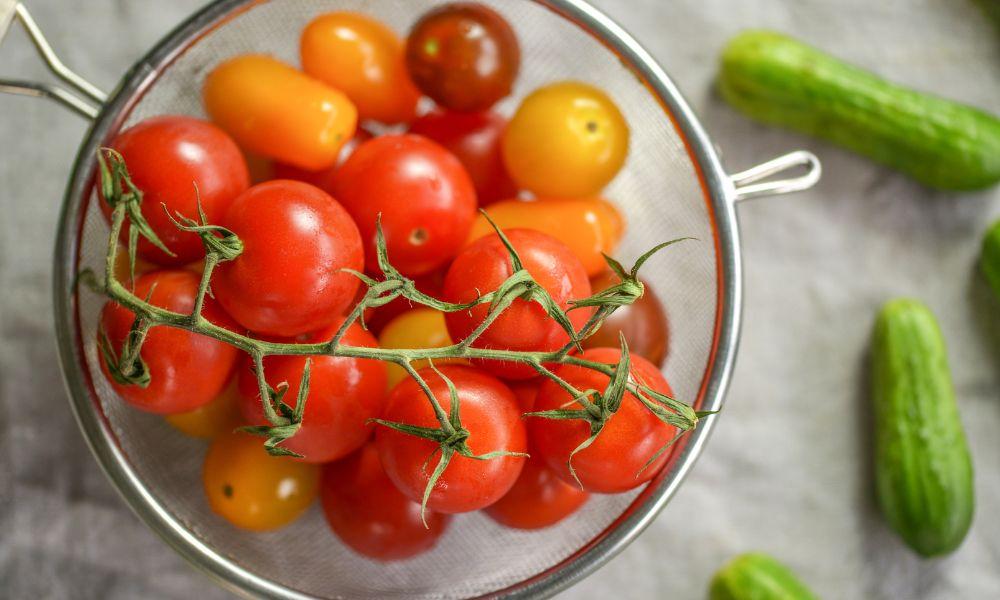
Sweet and bite-sized, cherry tomatoes make the perfect addition to salads or can be enjoyed straight from the vine. Some of our favorites include the Sungold variety, with its irresistibly fruity taste or the scrumptious and crowd-pleasing Sweet 100.
Heirloom Tomatoes

These beautifully irregular tomatoes boast flavors as unique as their appearances. Try the Brandywine with its rich, classic tomato taste or the zesty, citrusy Green Zebra for a surprising twist.
Beefsteak Tomatoes

The larger, meatier cousin of the cherry tomato, these tomatoes are perfect for sandwiches, burgers, or even a simple yet bold Caprese salad. We recommend the Cherokee Purple with its smoky, almost wine-like taste or the famously sweet Mortgage Lifter.
Factors Influencing Tomato Flavor
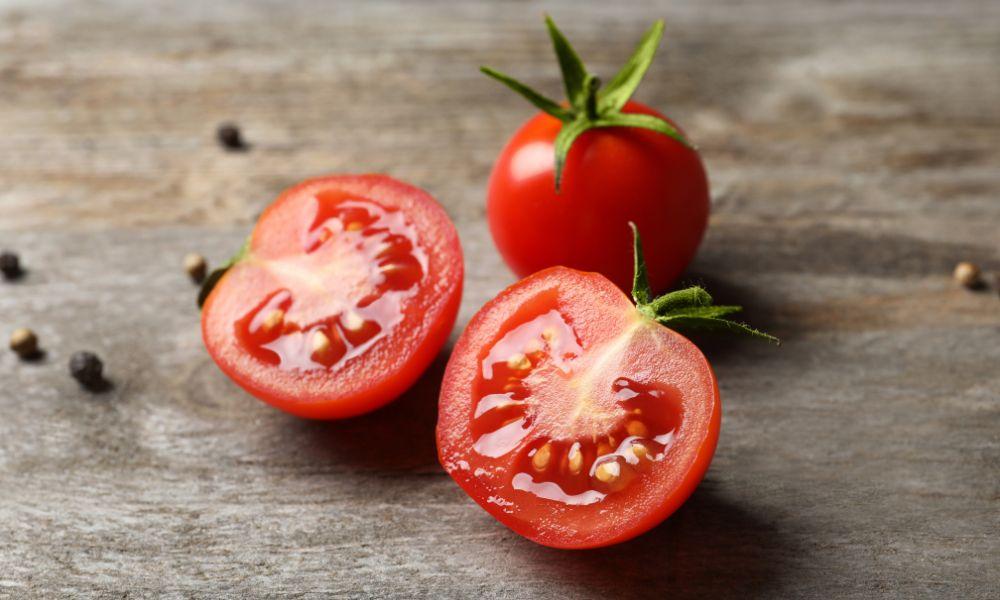
The secret to a truly scrumptious tomato lies in a complex dance of factors, such as ripeness, growing conditions, and genetic characteristics. So let’s break it down and explore how proper cultivation and harvesting techniques can make your tomatoes the star of the show.
Ripeness
There’s no denying that a perfectly ripe tomato is a game-changer. Ideally, tomatoes should be allowed to mature on the vine, resulting in full development of sugars, acids, and volatile compounds responsible for their exquisite taste.
Growing Conditions
Too much water, too little sun, or poor soil will undoubtedly affect the taste of your tomatoes. Strive for the perfect Goldilocks zone of rich, well-draining soil, regular watering (but not too much), and plenty of sun exposure. Trust us – your taste buds will thank you!
Genetic Characteristics
This one is pretty straightforward. Some tomato varieties are genetically predisposed to be more flavorful than others, so it’s essential to choose the right type for your culinary adventures.
Tips for Choosing Tasty Tomatoes
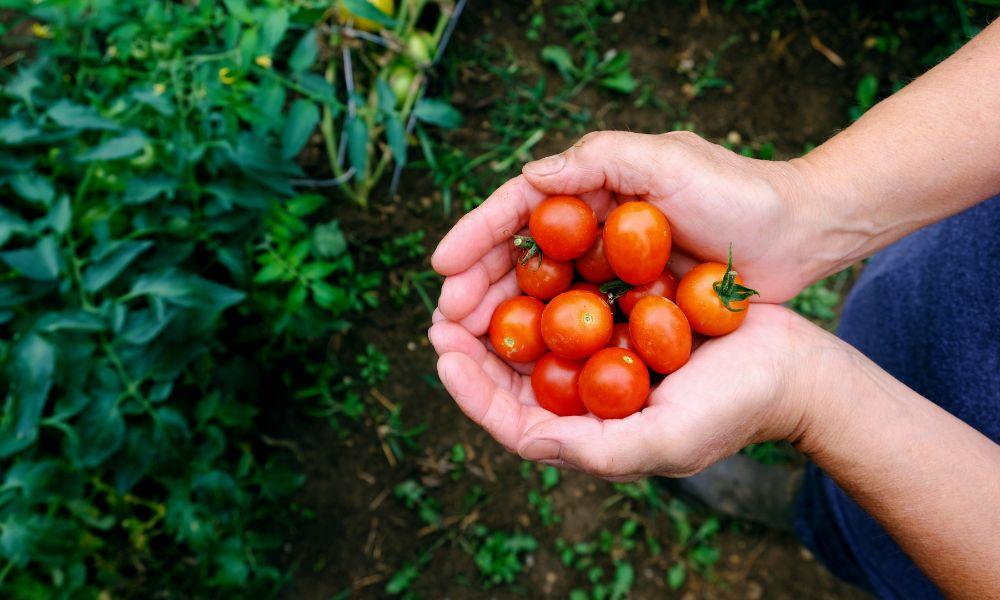
Navigating the world of tomato-selection can be daunting. Grocery stores and farmer’s markets offer a plethora of colors and textures. But, fear not, we have some tips to help you identify ripe, flavorful tomatoes every time.
Visual Cues
A picture may be worth a thousand words, but visual cues will help you pick the perfect tomato. Look for a vibrant color and a smooth, blemish-free skin. While some heirloom varieties can be a bit more irregular in shape, a generally uniform appearance is still crucial.
Firmness
Gently press your thumb against the tomato – it should feel firm yet slightly yielding, indicating ripeness. Beware! Overly soft tomatoes are often overripe and on their way to becoming tomato soup.
Aroma and Weight
Perhaps the most enjoyable part of the selection process is the unmistakable, fresh tomato scent. Hold the tomato close to your nose and take a deep breath – if it smells strongly and pleasantly of tomato, you’re on the right track. Additionally, a weighty tomato in your hand is an excellent indicator of juiciness, so don’t be afraid to compare a few for the best option.
Storing Tomatoes to Maintain Flavor
Now that you’ve discovered the perfect tomatoes, it’s time to make sure they stay fresh and flavorful. Let’s talk about best practices for storing tomatoes.
Ideal Temperature and Humidity
The ideal storage temperature for ripe tomatoes is around 55°F (13°C). At colder temperatures, tomatoes may lose their texture and flavor, while warmer environments may cause them to spoil more quickly. Moreover, humidity levels should hover between 80-90% to keep those juicy beauties in prime condition.
Duration
Most ripe tomatoes can be safely stored for up to a week (or longer if you’re lucky). However, we highly recommend consuming them within a few days for optimum taste and texture.
Stay tuned for the second half of this article, where we’ll delve into cooking with tasty tomatoes, answer some frequently asked questions, and share a few mouthwatering tomato recipes. Happy tomato hunting!
Cooking with Tasty Tomatoes
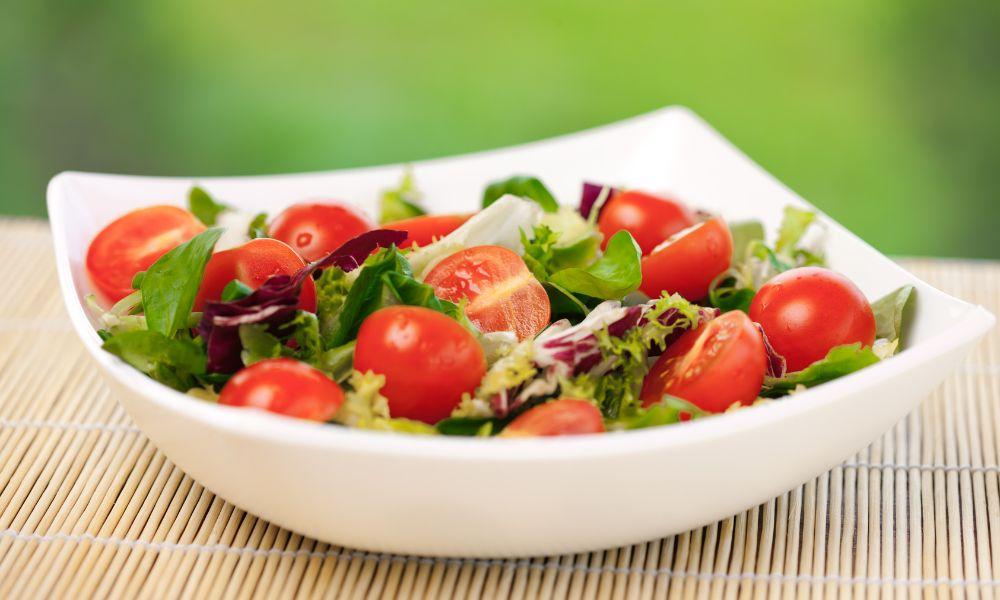
Armed with your newfound knowledge of tomato flavors, selection, and storage, it’s time to create mouthwatering dishes that showcase these tantalizing fruits.
Whether you’re a seasoned chef or a beginner in the kitchen, incorporating tasty tomatoes into your culinary creations is a fantastic way to elevate your meals. Here are some delicious ideas and recipes to get you started.
Salads and Salsas
There’s nothing like a bright, fresh tomato salad to celebrate the flavors of summer. Combine colorful heirloom tomatoes with fresh basil, creamy mozzarella, and a drizzle of balsamic glaze for an unforgettable Caprese salad. Or, how about a zesty tomato and avocado salad with lime juice, cilantro, and jalapenos? The possibilities are endless!
For a perfect accompaniment to your chips or tacos, whip up a batch of homemade salsa using ripe, juicy tomatoes, onions, garlic, and a touch of spice. Mix and match different tomato varieties to find your favorite blend of flavors.
Sauces and Soups
A classic, homemade tomato sauce can elevate your pasta or pizza to new heights. Start with fresh, ripe tomatoes and slowly simmer with onions, garlic, and your choice of herbs for a truly remarkable sauce. And remember, if you make extra or have cans of tomato sauce on hand, knowing how to store them correctly is essential. Check out this comprehensive guide to keep your sauces ready for future feasts.
Tomato soup is another comforting way to showcase your tasty tomatoes. Roast a medley of tomatoes with garlic and onions, then blend with vegetable broth and a touch of cream for a warming, flavorful soup. Don’t forget the grilled cheese for dipping!
FAQs
Conclusion
There you have it – a comprehensive exploration of the delightful world of tasty tomatoes. From choosing the juiciest, most flavorful specimens to storing and incorporating them into your cooking, we hope this guide has inspired you to elevate your kitchen creations. So, next time you stumble upon a tempting display of tomatoes at your local market or plan your summer garden, take a moment to experiment with different varieties and recipes. You just might discover a new favorite! Happy cooking!



